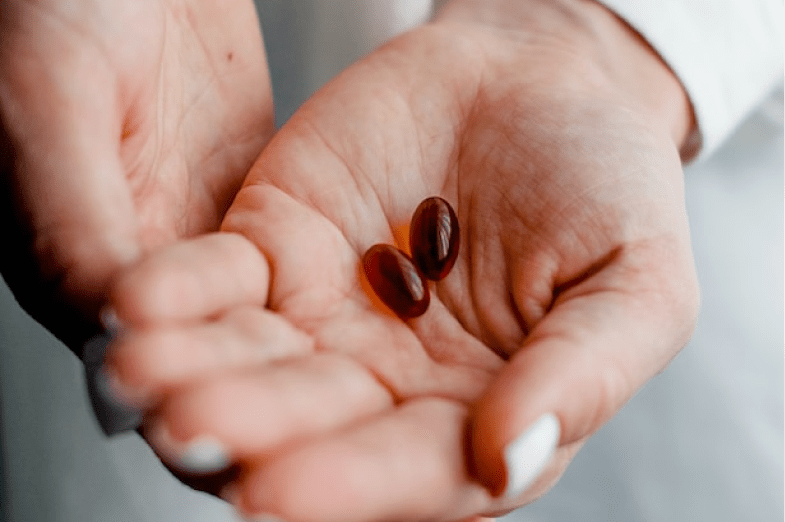-
By: BZOTECH
-
April 20, 2023
Turkesterone vs. Creatine: What’s the Difference and Can You Take Both?
In the world of fitness supplements, turkesterone and creatine are two popular names gaining attention among athletes, bodybuilders, and active individuals. While both are associated with performance and muscle support, they work very differently in the body—and often raise the question: Can you take turkesterone and creatine together?
Let’s break down the key differences between these two supplements, how each one works, and whether they can be safely stacked in a fitness routine.
What Is Turkesterone?
Turkesterone is a naturally occurring compound classified as a type of ecdysteroid, found in plants like Ajuga turkestanica. Ecdysteroids are often described as plant-based analogs to hormones, but unlike anabolic steroids, turkesterone is non-hormonal and does not bind to androgen receptors. This means it may offer muscle-supporting benefits without the side effects typically associated with hormonal supplements.
Some fitness enthusiasts use turkesterone to support muscle protein synthesis and recovery, although more human research is still needed to confirm its full effects. It’s generally taken in cycles and is popular in natural bodybuilding circles.
🔍 Turkesterone is often marketed as a natural support supplement for muscle growth, endurance, and physical performance—but it is not a substitute for steroids or hormonal enhancers.
What Is Creatine?
Creatine monohydrate is one of the most studied and widely used supplements in the fitness industry. It is a compound naturally found in muscle cells, where it helps produce energy during high-intensity exercise. Supplementing with creatine increases phosphocreatine stores, which helps your body make more ATP—the primary energy currency of cells.
Creatine is known for supporting:
-
Short bursts of high-intensity performance
-
Muscle hydration (via increased intracellular water)
-
Training volume and power output
-
Muscle recovery and growth over time
✅ Unlike turkesterone, creatine has extensive clinical research backing its safety and effectiveness when used consistently over time.
How Are They Different?
The biggest difference between turkesterone and creatine lies in how they support performance. Creatine directly impacts cellular energy and has a mechanical, well-understood effect on short-term strength and endurance. Turkesterone, on the other hand, may support muscle development through protein synthesis pathways, though this is still being studied.
Creatine is supported by decades of peer-reviewed research and is a staple in both athletic and general wellness communities. Turkesterone is newer to the mainstream market and is still being explored for its full potential. While both aim to support muscle and performance, they do so via very different biological mechanisms.
Can You Take Turkesterone and Creatine Together?
Yes, turkesterone and creatine are generally considered safe to use together, as they work in different ways and don’t compete for the same functions in the body. Many athletes and fitness-focused individuals take them in tandem—turkesterone for its potential role in muscle protein support, and creatine for immediate performance benefits during training.
If you choose to combine them, it’s still a good idea to introduce one at a time and track how your body responds. And, as with any supplement routine, check with a healthcare provider—especially if you have a medical condition or are taking other supplements or medications.
Which One Is Right for You?
If you’re looking for science-backed performance support, creatine is a proven, reliable option that benefits nearly every type of athlete. If you’re curious about newer, plant-based compounds that may support recovery and lean muscle growth, turkesterone could be worth exploring—especially if you’re looking to stay within a non-hormonal stack.
Ultimately, these two supplements are not mutually exclusive. Many find that combining them creates a well-rounded approach to both training and recovery. As always, consistency in training, nutrition, and rest are key to seeing results—supplements are just one piece of the puzzle.












Together, the antioxidants infused into this lightweight treatment give you the benefits you would achieve with Vitamin C—and give your skin the same bright, glowing, even-toned results but without the reactivity.